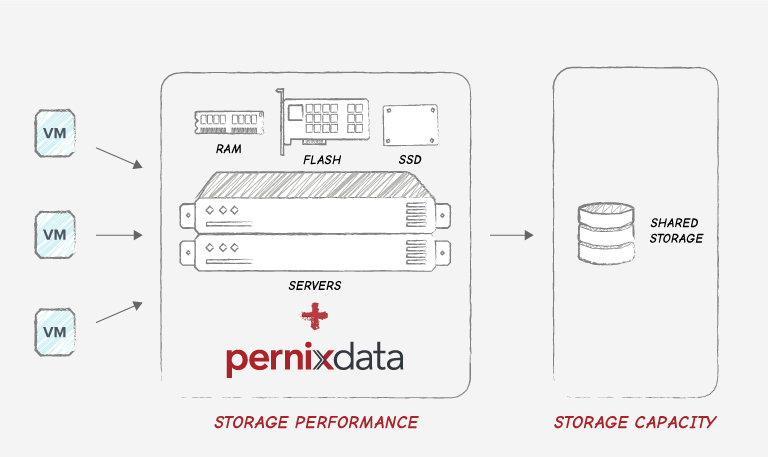Blogger briefing with Satyam Vaghani – PernixData
Recently I had the good fortune to be invited along to a blogger briefing with Satyam Vaghani CTO and Co-founder of PernixData.
Those of you not in the know Satyam already has quite the track record, more notably for authoring 50+ patents, Principle engineer and Storage CTO for VMware (10 years). So it is safe to say he knows a thing or two about storage and related technology!
Nine of us (bloggers) were in attendance. (@dawoo @Archie_Hendryx @Craig_Kilborn @GreggRobertson5 @dellock6 @egrigson @julian_wood @simoneady @virtualisedgeek)
At the time of meeting Satyam, PernixData was 2 years and 2 months old and already has had a large impact on the storage industry.
FVP was of course at the forefront of discussion and how it stands unique in the storage market place by providing clustered read and write acceleration of any shared storage.
Satyam was very clear, he believes customers should be less focused on renewing/replacing your shared storage in an effort to maintain or improve existing performance but rather focus on simply increasing the overall shared storage capacity and scale out your caching system (clustered flash) to deliver that consistent predictable high performance applications and end users demand and expect. He also highlighted how right now the storage industry has never been more fluid, after 20 years of predictable changes and advances the emergence of SSD and flash has turned the industry upside down. Flash based technologies have already been proven to exceed the performance limitations of well known products like SQL Server where the code is now having to be reviewed to take advantage of the new speeds available.
Speaking more, he refereed to the ever decreasing latency being achieved by current and road mapped products, no longer are we thinking of latency in milliseconds but microseconds and even nanoseconds! This will then inevitably expose other bottlenecks in your infrastructure which when you think about it is a real eye opener.
Another very interesting statement Satyam made was that in test case a storage vendor provisioned their product with and without FVP in the solution architecture. The solution with FVP was not only 10 times faster but also overall 50% cheaper to the customer. Satyam was very pragmatic on this, storage vendors should look at this as an opportunity to help the customer scale out their capacity, so in short this is a great result for any would be customer, they can plan and provide future storage capacity while being sure of maintaining existing high performance.
With savings and metrics as mentioned above its understandable why the storage market is currently in so much flux, vendors are already developing and now selling their own flash based offerings in earnest, either weaving them into existing solutions or as completely new offerings.
So far PernixData have found their customers have been most comonly using FVP for the following use cases.
- Databases
- Infrastructure (AD, LDAP, DNS)
- Web Apps
- Exchange
- VDI
Personally I found this interesting as I expected to see VDI top of the list as in recent years there has been a lot of noise on VDI being the core use/business case for flash acceleration.
So in a nutshell how does FVP work?

Essentially FVP will provide greatly enhanced performance (read and write) regardless of your back end shared storage. It’s good to note the write back feature does not hammer your back end storage but meters the changes back at a sensible rate therefore not adding any pressure to your shared storage.
FVP uses it own proprietary systems and thus isn’t constrained by current standard protocols the result is considerably faster performance on the same hardware.
As someone that has already beta tested and used PernixData in anger I can vouch for the exceptional performance benefits it can bring to your databases.
There were some brief discussions on what the future holds for PernixData and all I can say is watch this space, it is clear to me Satyam and PernixData have an enormous amount of passion and drive with the talent and knowledge to back it up, I for one am looking forward to seeing what they do next.

